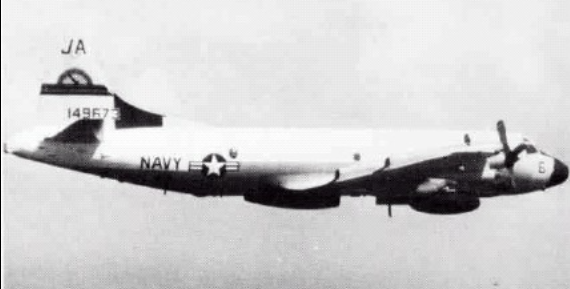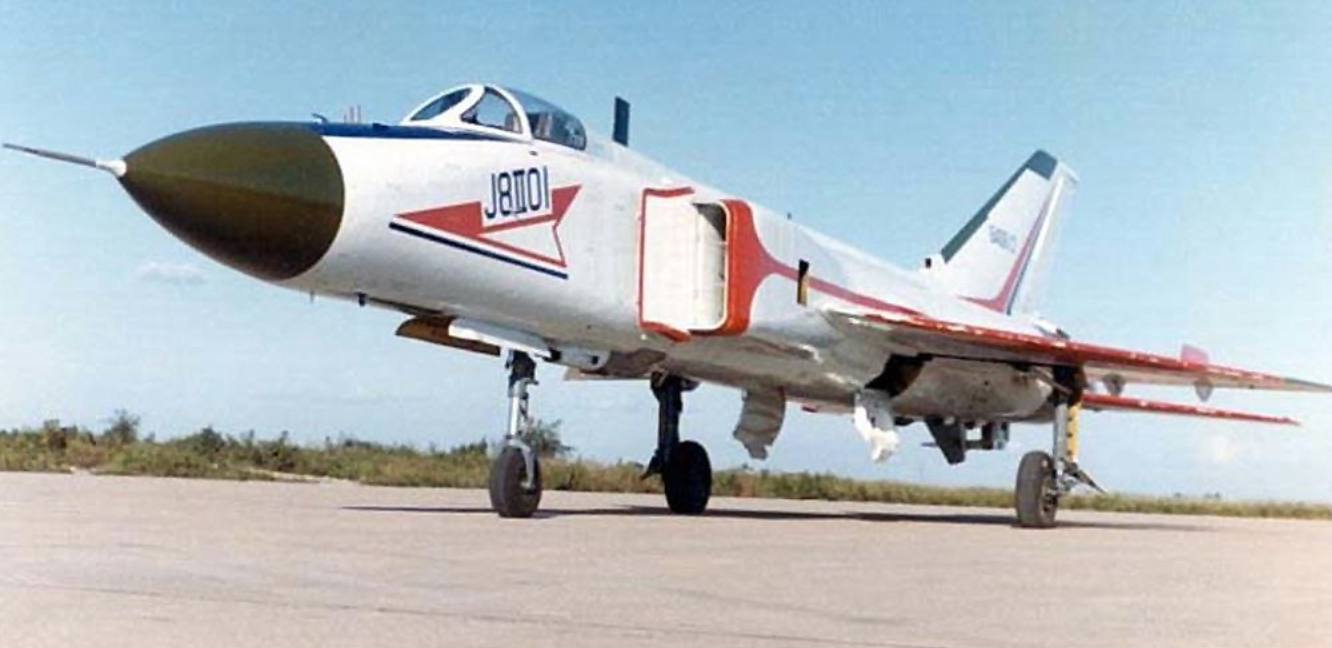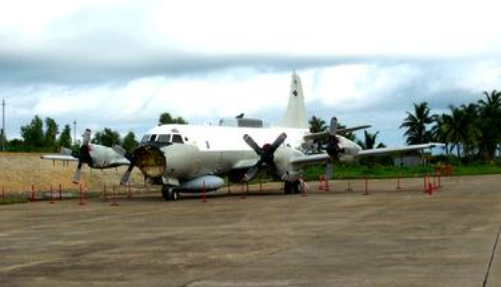Exploring Espionage: The EP-3 Aries
The Aries has an interesting past and was involved in a noteworthy incident.
Intelligence comes in all forms, and as such, we see all forms of intelligence gathering platforms as well. As we’ve explored espionage through this series, we’ve looked at submarines, ships and aircraft that have all been involved in intelligence gathering activities.
Early intelligence would often focus on human intelligence, but thanks to the aircraft and the submarine, some of the most unique platforms would come in a sub-surface or flying variant. This would be because of the strengths that each platform could bring to the table. Aviation, for instance, could use its extended view of the horizon to provide superb radar coverage while the sub-surface fleet could ingress quietly into an area, raise its mast to expose antennas while submerged, gather intelligence and leave without ever being spotted.
So it’s fair to say that these unique platforms punch far above their weight in terms of military worth. It also means that we get small numbers of bespoke platforms designed to do a specific job.
Lockheed’s EP-3E Aries would be one of these platforms. Based on the P-3 Orion, which evolved from the Electra airliner, the Aries fleet would give the Navy a high-end intelligence platform with unique versatility. This is an early EP-3 Prototype flying in 1983. Source: Wikipedia
This is an early EP-3 Prototype flying in 1983. Source: Wikipedia
The Aircraft
Belonging to the US Navy, the platform was a signals-intelligence platform with a fleet of just 12 active aircraft. Regularly modernised, the aircraft was a vital part of the intelligence network, conducting worldwide flights into hotspots where they could be used to full effect.
Due to its role, the Aries would be packed full of intelligence-gathering equipment. Its radio equipment would include direction finding systems, wideband radio receivers, communications intelligence gathering systems, radar and a broad range of antennas to bring the whole thing together.
Additionally, it would be equipped with radar, as well as a range of optional and electro-optical surveillance systems. This would feed the Aries mission system, which allowed the crew of up to 19 individuals to rapidly detect, locate and classify emissions of interest.
While its electrical equipment was cutting-edge, the Aries did suffer from a few shortfalls. The range of the system was acceptable, but due to its four turboprop engines, it would be hampered by performance in comparison to jets of the era.
Despite these shortcomings, the Aries would play a key role in the intelligence arena for several decades, against multiple adversaries, before being thrust into the spotlight in 2001 thanks to one specific incident. The Hainan Island incident would involve a Shenyang J-8B aircraft. Source: Wikipedia.
The Hainan Island incident would involve a Shenyang J-8B aircraft. Source: Wikipedia.
Hainan Island Incident
The People’s Republic of China has gone through significant shifts over the past decades, and nowhere is this more evident than in the late 1900s and early 2000s. After the Third Taiwan Strait crisis, China would invest significantly in its military, which would include new assets and an increased defensive posture.
It’s fair to say that the issues that caused the crisis would never be fully resolved, and as such, there would be a veil of tension that remained between the US and China.
It was the 1st of April 2001 that would see EP-3 Aries (BuNo 156511) depart Kadena airbase in Japan en route for an intelligence gathering mission in the South China Sea. While the missions were deemed to be mostly routine, it was not uncommon for these missions to have to deal with fighter platforms carrying out interceptions during the flight.
At around 0915am local time, as the EP-3 was nearing the end of its mission, a pair of Shenyang J-8B fighter aircraft were scrambled to intercept the platform, which was cruising at around 22,000ft altitude.
One of the J-8s would conduct several high-speed passes in close proximity to the platform. While carrying out another pass, the pilot of the J-8 would strike the EP-3, causing critical damage. Due to the damage sustained in the incident, the crew would be forced to land at nearby Hainan Island, creating a diplomatic storm that would turn into a full-blown international incident. The EP-3 was heavily damaged in the incident. Here’s a shot of the aircraft on Hainan Island. Source: Wikipedia.
The EP-3 was heavily damaged in the incident. Here’s a shot of the aircraft on Hainan Island. Source: Wikipedia.
The Reverse Uno
Due to the speed of the incident, the aircraft and, by default, the United States were left in somewhat of a quandary. A literal spyplane, the Aries would be packed full of sensitive intelligence-gathering equipment as well as all the cryptographic material required to appropriately secure and transmit this information globally. This meant that the loss of the aircraft, even for a short period, would risk much of this valuable material falling into the hands of the Chinese military.
This would effectively become a Uno reverse card as the hunter became the hunted, as Chinese mechanics and analysts would pour over the aircraft looking for actionable intelligence. While the crew did attempt to destroy some of the classified material, there was insufficient time for them to get to it all.
While the United States would eventually have the aircraft returned to them, it would not fly home. Instead, when ready, the now-disassembled aircraft would return home in an Antonov An-124 aircraft.
The crew, which had to be forced off the aircraft at gunpoint, was also returned to the United States after a short period of imprisonment. It probably helped that the “Letter of Two Sorries” would smooth over some of the more intense parts of the incident. The EP-3 crew would return home via Haiwaii. Source: Wikipedia.
The EP-3 crew would return home via Haiwaii. Source: Wikipedia.
Modern Legacy
Like the USS Pueblo incident of the earlier years, the Hainan Island incident would have a measurable impact on the intelligence community. Despite the crew's best efforts, a whole stack of classified information was removed from the aircraft. This would include information about Western radar systems, multiple cryptographic keys and information regarding how the US would process and assess its naval intelligence. This would have a profound effect on the Navy for a significant period of time.
However, one of the biggest revelations of the event would be still to come, as shortly in the aftermath, the Chinese People’s Liberation Army Navy would learn that the US Navy was able to track their submarine fleets at sea using nothing more than their radio emissions.
While the Third Taiwan Crisis would help to shape the Chinese psyche, the events of Hainan Island would also help to play a part in shaping some of these perspectives.
There is no small irony in the fact that many of the issues that would cause this incident over twenty years ago still exist and cause controversy to this day. The Taiwan issue, which was never fully resolved, remains a powder keg of tension that may at some point reignite.
If you found this article insightful, informative, or entertaining, we kindly encourage you to show your support. Clapping for this article not only lets the author know that their work is appreciated but also helps boost its visibility to others who might benefit from it.
🌟 Enjoyed this article? Join the community! 🌟
📢 Join our OSINT Telegram channel for exclusive updates or
📢 Follow our crypto Telegram for the latest giveaways
🐦 Follow us on Twitter and
🟦 We’re now on Bluesky!
🔗 Articles we think you’ll like:
- What The Tech?! Space Shuttles
- Shodan: A Map of the Internet
✉️ Want more content like this? Sign up for email updates

























